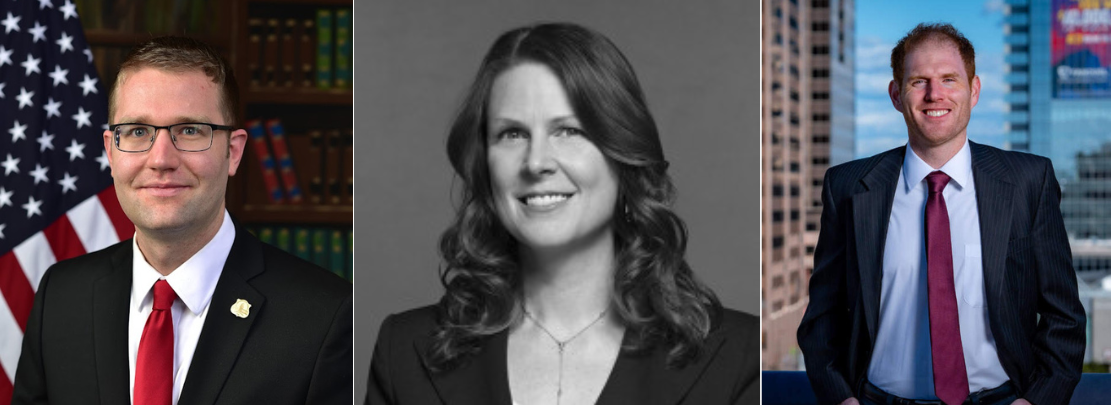Carol Leonnig and Ken Dilanian for MSNBC News:
In an undercover operation last year, the FBI recorded Tom Homan, now the White House border czar, accepting $50,000 in cash after indicating he could help the agents — who were posing as business executives — win government contracts in a second Trump administration, according to multiple people familiar with the probe and internal documents reviewed by MSNBC.
The FBI and the Justice Department planned to wait to see whether Homan would deliver on his alleged promise once he became the nation’s top immigration official. But the case indefinitely stalled soon after Donald Trump became president again in January, according to six sources familiar with the matter. In recent weeks, Trump appointees officially closed the investigation, after FBI Director Kash Patel requested a status update on the case, two of the people said.
It’s unclear what reasons FBI and Justice Department officials gave for shutting down the investigation. But a Trump Justice Department appointee called the case a “deep state” probe in early 2025 and no further investigative steps were taken, the sources say….
Shortly after Trump’s inauguration, however, in either late January or February 2025, former acting Deputy Attorney General Emil Bove was briefed on the case and told Justice Department officials he did not support the investigation, according to two people familiar with the case.
Around the same time, the Public Integrity Section was battling with Bove over his demand that they dismiss a bribery case against New York Mayor Eric Adams. The section’s supervisors, who would resign one by one in February rather than agree to dismiss the Adams case, had assigned a top supervisor to help oversee the Homan case with federal prosecutors in the Western District of Texas, where the investigation began, two people said….
Undercover FBI agents posing as contractors communicated and met several times last summer with a business colleague who introduced them to Homan, and with Homan himself, who indicated he would facilitate securing contracts for them in exchange for money once he was in office, according to documents and the people familiar with the case.
On Sept. 20, 2024, with hidden cameras recording the scene at a meeting spot in Texas, Homan accepted $50,000 in bills, according to an internal summary of the case and sources.
FBI agents and Justice Department prosecutors took no further investigative steps in the final months of 2024, the people said, and expected to keep monitoring Homan to determine if he landed an official role and would make good on steering contracts in a future Trump administration….
